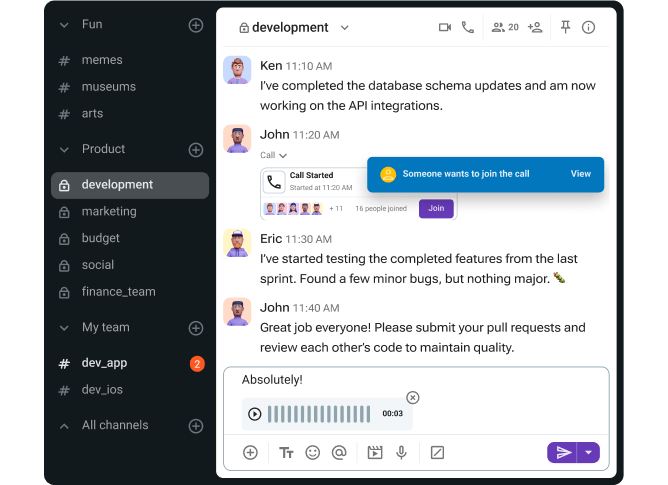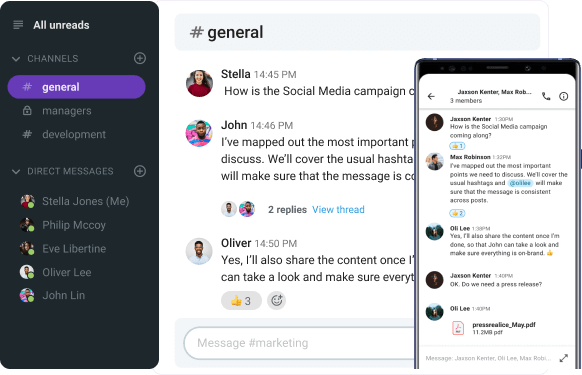Have you ever needed a quick answer to a work-related question, but had to wait for your manager to contact the person who actually had the information?
That kind of waiting around breaks focus, slows down your workflow, and disrupts productivity.
It’s a common problem, and one that can easily be avoided through diagonal communication.
In this article, you’ll learn:
- What diagonal communication is,
- Its key benefits and common barriers, and
- Practical ways to foster healthy diagonal communication.
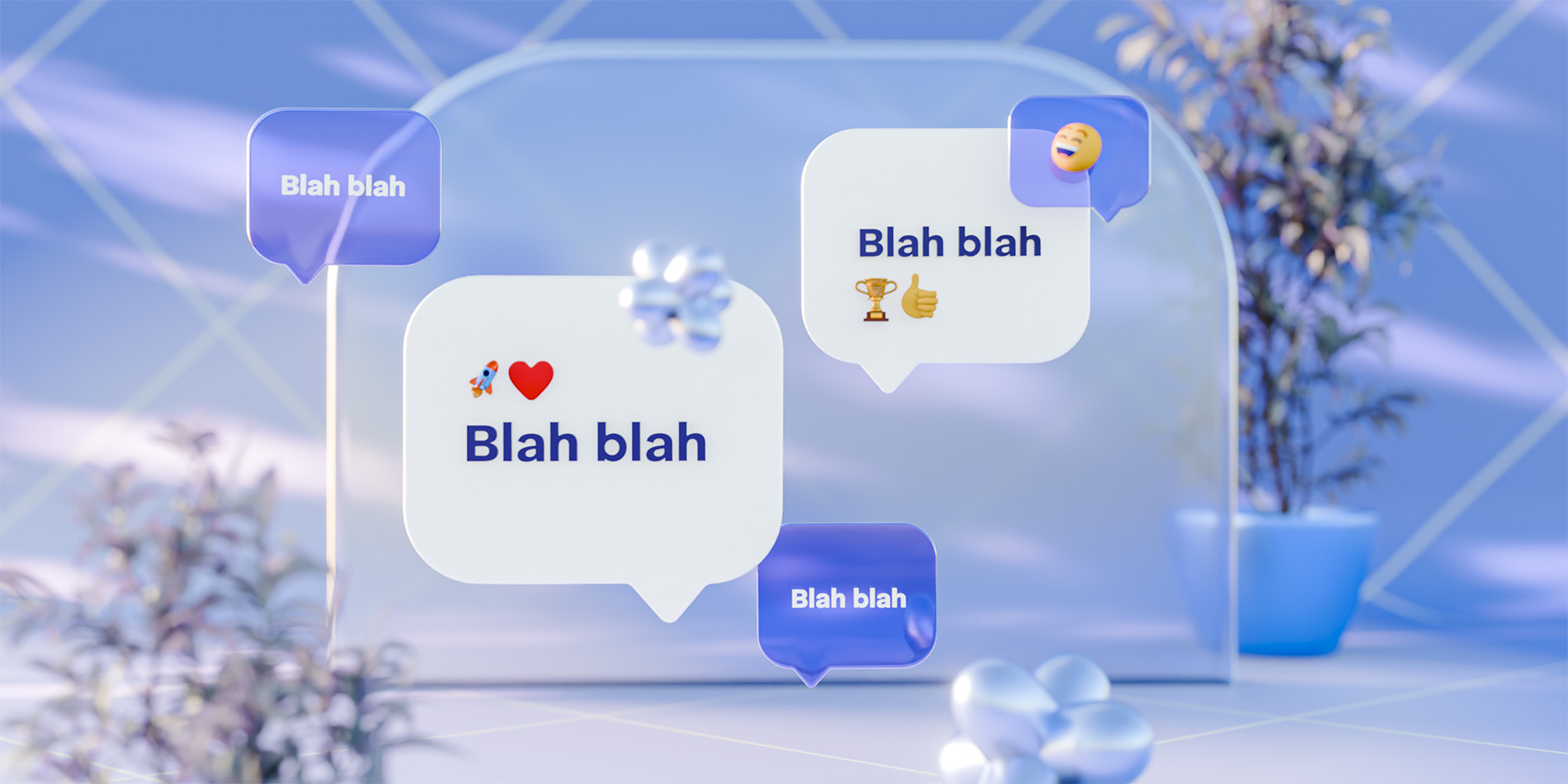
- Diagonal communication is a type of workplace communication that crosses all organizational units and hierarchical levels.
- It helps teams solve problems faster, encourages innovation, and empowers employees to take initiative.
- To foster healthy diagonal communication, focus on setting clear guidelines, promoting transparency, empowering your team, and prioritizing problem solving over hierarchy.
Table of Contents
What is diagonal communication?
Diagonal or crosswise communication is a type of communication that crosses all organizational units and hierarchical levels.
It involves staff members of different departments interacting with each other, regardless of their reporting relationship.
This type of communication is not affected by any lines of authority.
Some examples of workplace diagonal communication include:
- The Sales team asking one of the managers of the developing team when the upcoming feature will be available.
- The HR team and the VP of Customer Support making a list of requirements and qualifications for a new position opening in the Customer Support team.
- Content writers asking heads of different departments for up-to-date information, opinions, or experiences to include in the articles they’re writing.
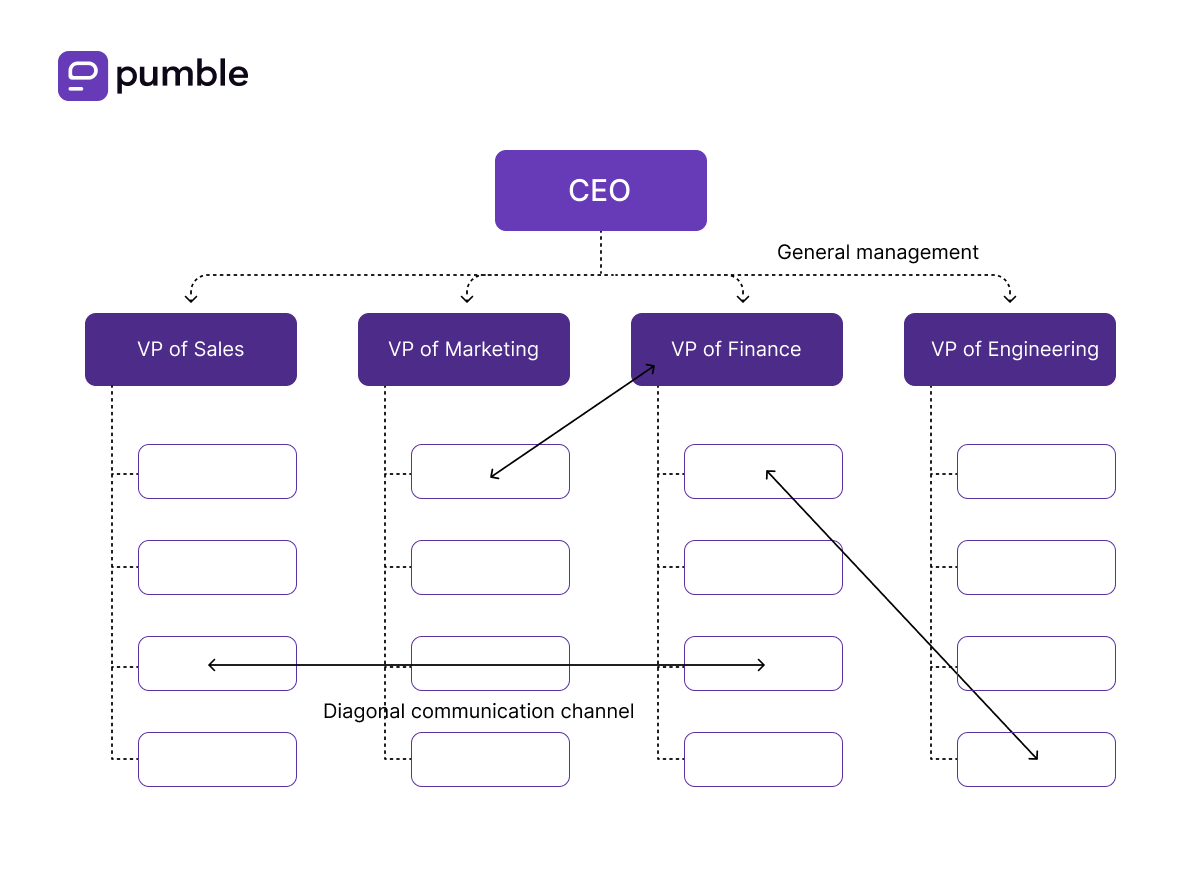
Diagonal communication serves as the secret weapon of fast-moving, innovative companies that value productivity and efficiency over following outdated communication rules.
When you communicate diagonally, you connect across teams and levels — breaking silos and encouraging collaboration.
Let’s look at more of the pros of diagonal communication.
Communicate easily across departments with Pumble
Advantages of diagonal communication
The importance of diagonal communication is clear — it helps teams move faster, solve problems creatively, and stay engaged and empowered.
Here’s a closer look at each of its powerful benefits.
Unprecedented speed
When a question comes up, diagonal communication encourages employees to reach out directly to the person who has the answer. No waiting hours — or even days — for information to travel through multiple people.
Passing a question up and down the hierarchy just to get to the right person can seriously hinder productivity and focus.
Instead, by communicating diagonally, employees can go straight to the source and get what they need almost instantly.
Stepping away from the limitations of purely upward, downward, and lateral communication allows teams to:
- Act faster,
- Make decisions quickly, and
- Keep their momentum strong.
Share information and make decisions quickly on Pumble
A breeding ground for innovation
According to one study, collaboration across teams significantly boosts new ideas and improves overall innovation.
When coworkers from different tiers and teams communicate openly, ideas flow more freely. It’s much easier for them to share perspectives and brainstorm creative solutions.
They’re no longer limited to the viewpoints within their own team. Instead, they expand their thinking, learn from each other’s expertise, and work together toward company goals.
Diagonal communication builds these unexpected connections that often lead to fresh ideas and out-of-the-box solutions that drive real progress.
Increased employee empowerment
Giving team members the tools and encouragement to communicate openly builds confidence and a genuine sense of empowerment.
Diagonal communication enables collaboration and involvement, which gives employees a clearer understanding of how their work contributes to the bigger picture, making them feel valuable.
These are, of course, things you should regularly communicate as a leader. But when employees see it for themselves, it has a much stronger impact.
Positive changes like these drive better results for your business, as they often lead to:
- Higher engagement,
- Better collaboration, and
- A noticeable boost in team morale.
Disadvantages of diagonal communication
Although rich in advantages for your team, diagonal communication also comes with a few challenges.
These are the things you need to keep an eye on to make sure your team stays aligned and communication remains productive.
Bypassing the chain of command
Diagonal communication cuts through hierarchy, which is great for speed, but if used carelessly, it can leave managers out of the loop. They could be unaware of what’s going on and/or excluded from decision making.
While communication should flow freely, it’s equally important to make sure everyone stays aligned. That means keeping managers and team members updated to prevent misunderstandings, frustration, and unnecessary rework.
Diagonal communication works best when teams keep transparency in mind.
Setting clear guidelines for when to inform or update superiors maintains trust and coordination.
Potential for confusion
When communication flows across different departments and levels, it’s easy for details to get lost or misunderstood.
To prevent this, define clear communication channels and encourage proper documentation, such as summaries in shared channels.
Make sure key updates are visible to everyone involved so that information is consistent and everyone stays on the same page.
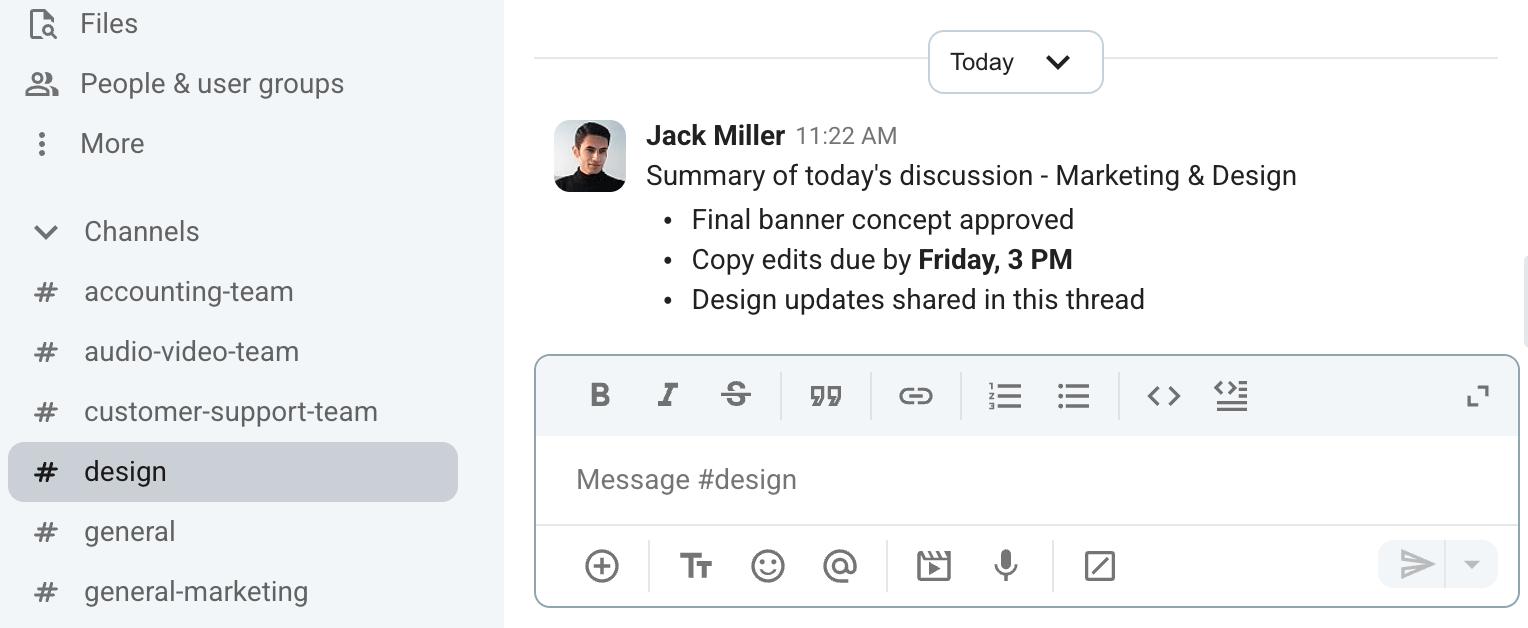
Share important updates with Pumble
Undermining authority
Diagonal communication can sometimes blur lines of authority, leading employees to misinterpret openness as permission to skip approval steps.
Some managers might feel undermined in their roles when decisions are made without their input.
As a leader, it’s important to clearly define team roles and decision-making boundaries.
Encourage openness, but reinforce that authority exists to ensure alignment, accountability, and quality across the organization.
4 Actionable ways to foster healthy diagonal communication
Crosswise communication can feel tricky. With so many people involved and no rigid structure to lean on, it’s easy to worry about mistakes and misunderstandings.
But, it doesn’t have to be complicated or intimidating.
Here are a few practical tips to help your team transition to diagonal communication smoothly.
#1 Set clear guidelines
To avoid chaos, it’s important to define key communication protocols.
These guidelines should cover questions like:
- What communication tools to use?
- What information is confidential?
- Who should be contacted in different scenarios (e.g., when you finish your task or when you have to leave early)?
- Who should be informed first if a problem occurs?
- Who is responsible for what, so you know who to ask if you have a question?
Go into as much detail as you can and update these guidelines frequently.
Additionally, analyzing common communication models in your workplace can provide clarity on how communication unfolds and help identify gaps.
#2 Default to transparency
When communicating across departments, keep in mind that differences in roles, jargon, and unwritten rules can easily cause confusion.
Always strive for clarity and openness:
- Avoid highly technical terms or industry-specific language unless absolutely necessary.
- If someone uses a word or phrase you don’t understand, don’t guess — ask for clarification.
- Share updates and decisions openly so everyone relevant has visibility.
Transparency builds trust and ensures that everyone involved has the same understanding, making communication smoother and reducing the risk of mistakes.

Keep communication transparent with Pumble
#3 Empower, then trust
Give teammates the freedom to communicate directly with others across departments and levels.
Make sure they understand the scope of their authority — what decisions they can make on their own and what needs approval.
Trust they will follow guidelines, keep managers informed when needed, and act in the team’s best interest.
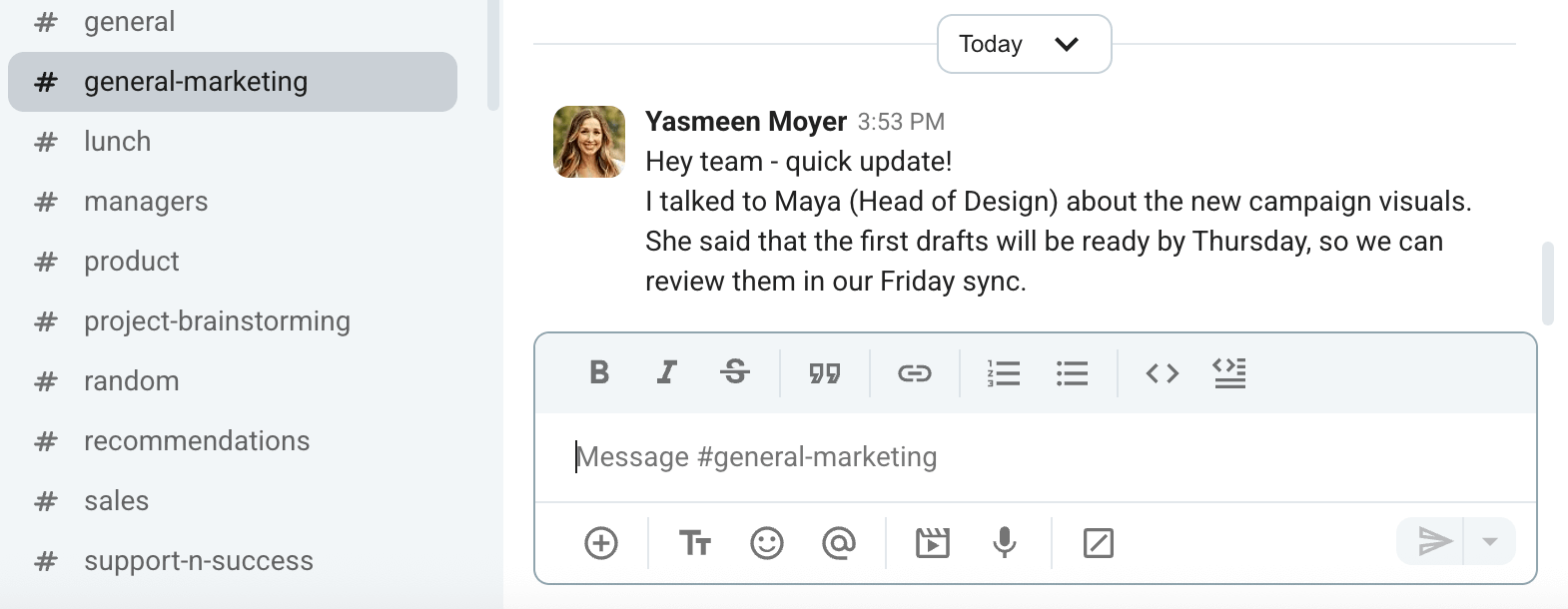
When people feel trusted, they’re more likely to:
- Take initiative,
- Solve problems proactively, and
- Contribute creative solutions.
For example, a developer can clarify feature requirements directly with a designer — knowing they will later update the team with all relevant information.
#4 Focus on problems, not titles
Encourage employees to reach out to whoever has the knowledge or expertise needed to resolve a problem, regardless of their role or level.
The focus should always be on getting things done efficiently — not worrying about stepping outside one’s “place” in the org chart.
Reinforce that everyone involved works toward shared objectives, ensuring communication is solution-focused and collaborative.
Enable smart diagonal communication with Pumble
Diagonal communication can be chaotic without the right environment. The goal is controlled chaos, not total confusion.
To make it work, you need tools that support transparency and accountability across every level of your organization.
That’s exactly what a team communication app like Pumble by CAKE.com does for your team.
With public channels, employees can easily reach out across departments without creating secret back channels. The conversation stays open and transparent, allowing managers and other team members to see what’s happening and stay aligned.
Organize your cross-functional discussions with threaded conversations so valuable insights don’t get lost in private DMs.
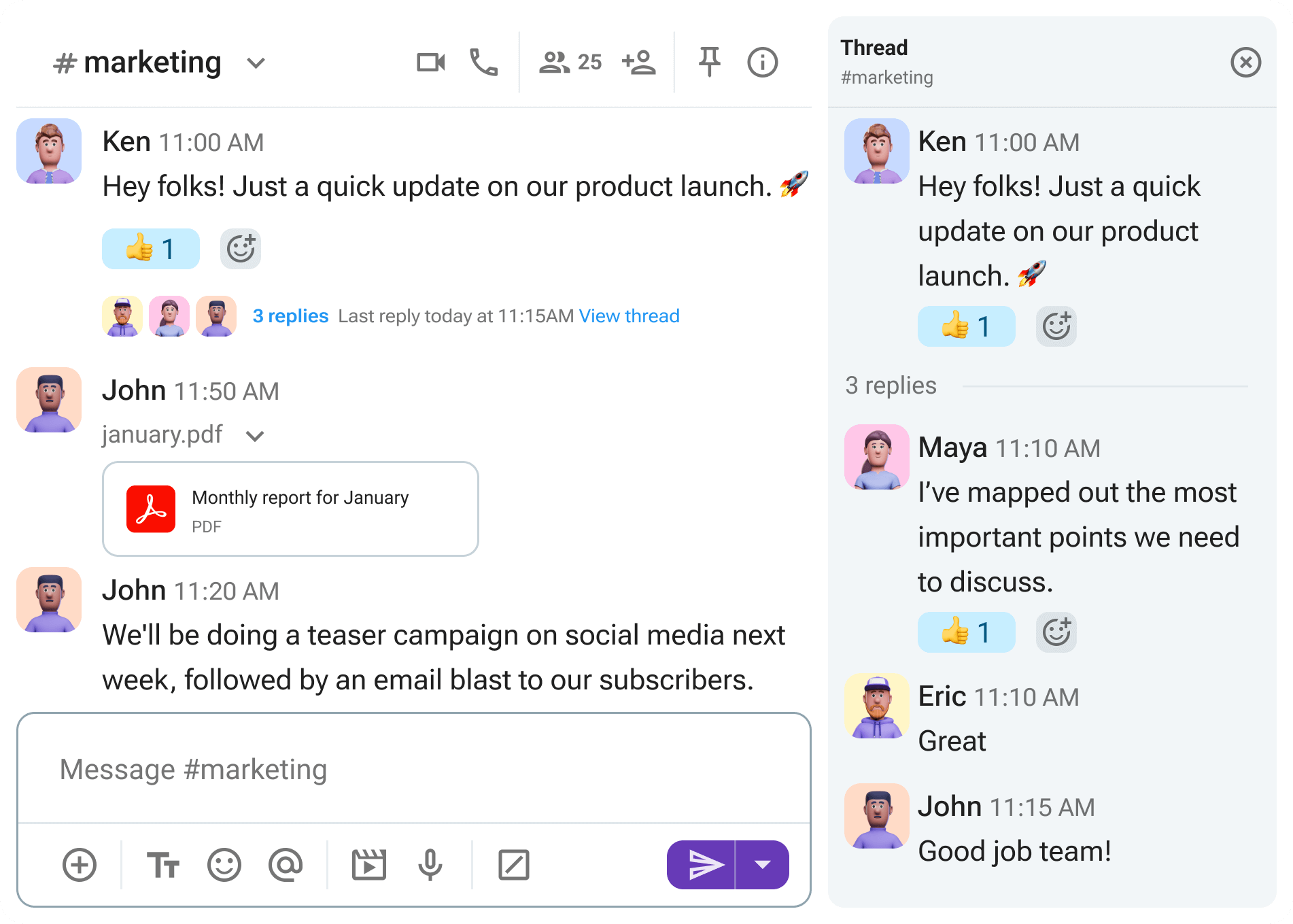
Use Pumble’s user groups to make finding the right people easy, helping employees know exactly who to reach out to when they have a question or need expert input.
And with unlimited message history, every conversation becomes part of a searchable knowledge base — a record of collaboration that your team can revisit anytime.
Pumble was designed with this kind of agility in mind — giving your organization the structure it needs to embrace diagonal communication confidently and effectively.
